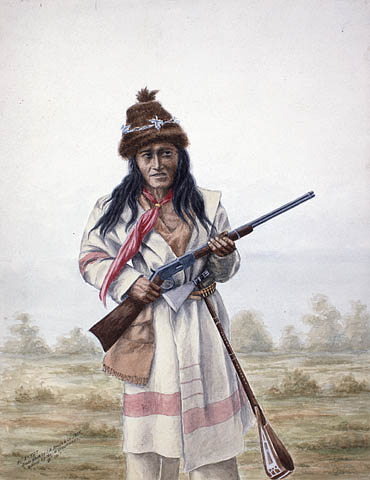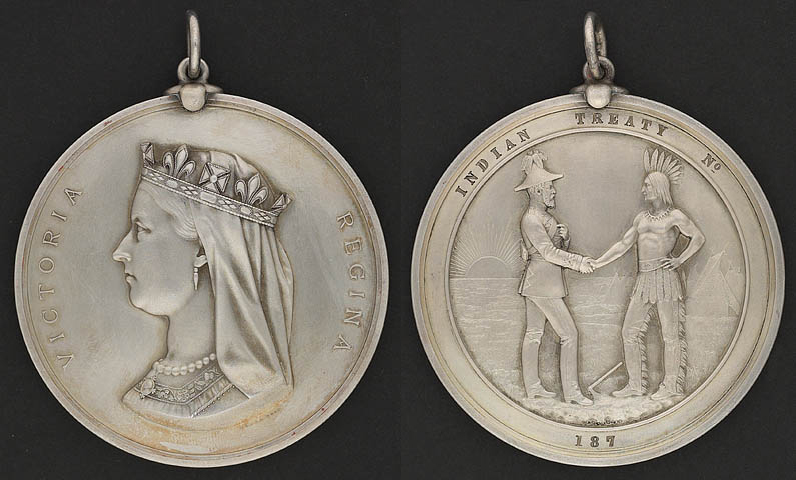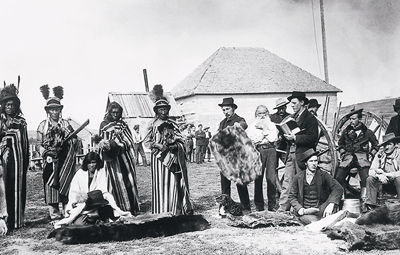Article
Treaties with Indigenous Peoples in Canada (Plain-Language Summary)
Indigenous treaties in Canada are agreements made between the Crown and Indigenous people (First Nations, Métis, and Inuit). These agreements concern land. Indigenous people agree to share their land in exchange for payments of one kind or another and promises. Before Confederation, Britain controlled the treaty making process. After Confederation, the federal government took control of the treaty making process.(This article is a plain-language summary of Treaties with Indigenous Peoples in Canada. If you are interested in reading about this topic in more depth, please see our full-length entry Treaties with Indigenous Peoples in Canada).













